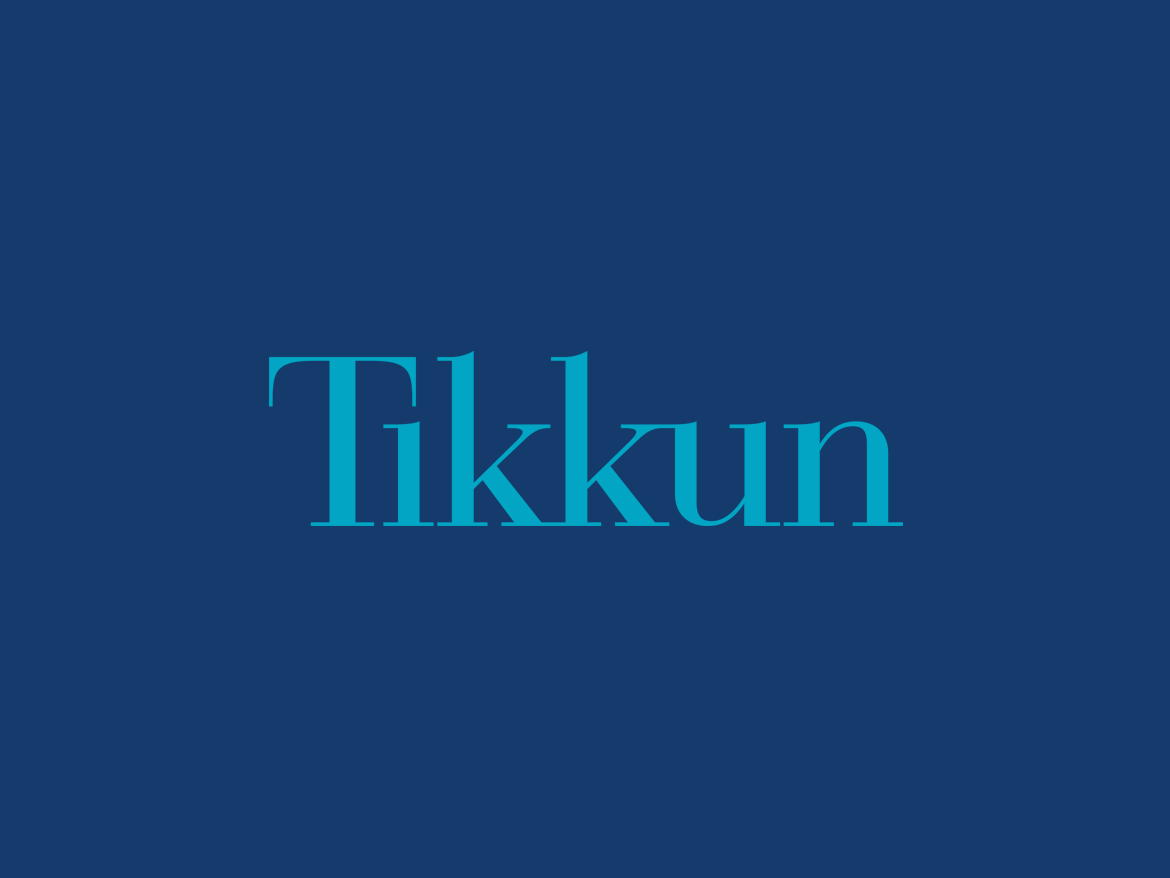As a nonprofit, we at Tikkun are barred from endorsing candidates and political parties (though you, our readers, are not, and we are not barred from printing your responses and letters on our website). But we can talk about the issues.

Bernie Sanders / Oona Taper (http://cargocollective.com/oonataper)
Many of our readers have been delighted to witness and support Senator Bernie Sanders’s candidacy for the Democratic Party presidential nomination. Some have made the argument that even if Sanders could never defeat a corporate-financed Republican candidate who harped on the senator’s radical past, simply having Sanders’s ideas presented to the American public during presidential debates in the fall will do more good and make more progress toward changing the American political consciousness than would eight years of a Hillary Clinton presidency. Her administration, some progressive critics believe, would inevitably be run by the same people who controlled the economic, political, foreign, and military policies of the Clinton and Obama presidencies: people who effectively erased most progressive ideas from public consciousness.
Many progressives rightly wish that progressive ideas were far more widely understood and intelligently discussed in American politics. I ask you to consider with me why we, as progressives, have not created a national organization for the left that would have an impact equivalent to the Tea Party’s success in placing far-right ideas before the public consciousness. Why have we been unable to generate a national understanding of a progressive worldview? Record-setting crowds of thousands of people have turned up to cheer on Sanders, but what will that campaign do now to move them beyond an election-oriented activism that will fade once the ballots are counted? What specific steps is the Sanders campaign taking now, at the moment when it draws large crowds? What measures are his supporters taking to create an organizational framework that persists beyond the 2016 campaign?
I contend that one part of the reason we don’t yet have such a national organization of progressives is the widespread belief that change must come from the bottom up, and that any nationally organized movement would by definition be top–down in design. Leftists still adhere loyally to the bottom-up mentality—that is, until presidential-election fever every four years produces a seasonal change in their tune and the reallocation of their money and energies in support of whichever progressive candidate might win the Democratic Party nomination for president. I do not for a second wish to diminish the contribution that Sanders is making with his campaign, but now is the time to envision a long-term national strategy among those of us who still remember promises by the Obama and Kucinich campaigns to create such an organization—after the election! If it isn’t created now, while their supporters’ attention is focused, it is unlikely to happen afterward.
Now I’m a strong believer in the importance of local organizing. But I also believe it can have only limited impact if it does not simultaneously work on other, more expansive fronts.

Donald Trump / Arif Qazi (http://cargocollective.com/arifqazi)
There are literally millions of Americans in any given year involved in local projects for social justice, peace, nonviolence, economic and political equality, environmental sanity, challenging discrimination and prejudice, and ensuring the rights of women, the LGBTQ community, racial and ethnic minorities, immigrants, people with disabilities, and animals. Yet in my fifty-two years as an activist I’ve watched generations of similar people abandon these struggles, either because they thought they were already won or never would be—both mistaken ideas. Most of these local struggles avoided efforts to add another dimension to their activism: to challenge the larger economic and political systems that need to be changed. They evaded discussions of how those larger changes could be achieved, and skirted any discussion of the world they wanted to build, to say nothing of the strategies and organizational forms that would be needed to build it.
The organizing strategies of these local organizations have often been influenced by what have become known as Alinsky-style organizations. I had the opportunity to meet with and address one such organization, the same one that trained Barack Obama in Chicago, the city where the Alinsky model reached its perfection and enjoyed new successes in organizing in churches, synagogues, and mosques.
How to Read the Rest of This Article
The text above was just an excerpt. The web versions of our print articles are now hosted by Duke University Press, Tikkun‘s publisher. Click here to read an HTML version of the article. Click here to read a PDF version of the full article.
(To return to the Winter 2016 Table of Contents, click here.)
